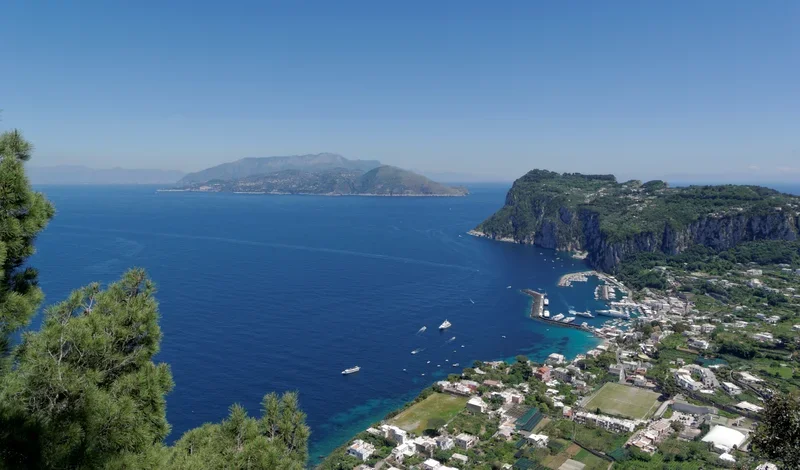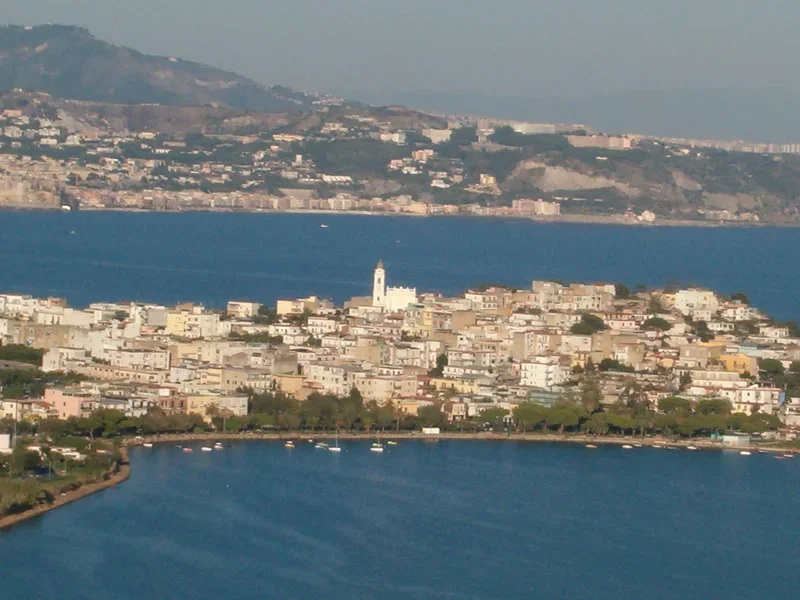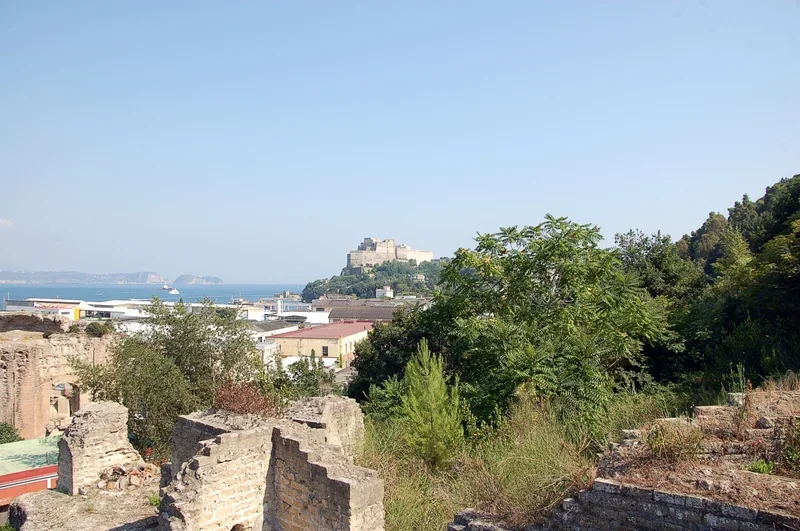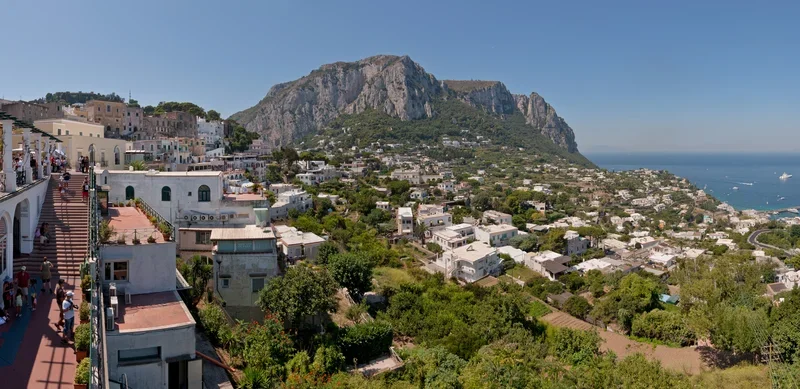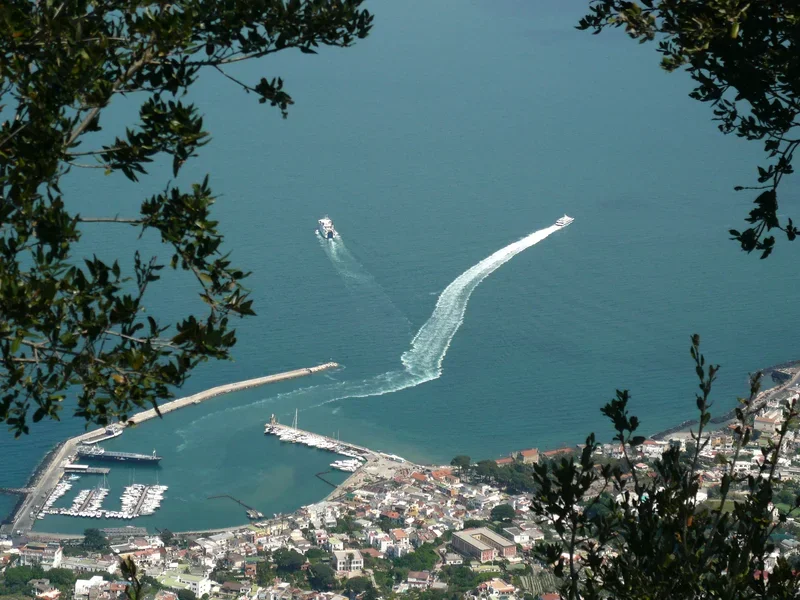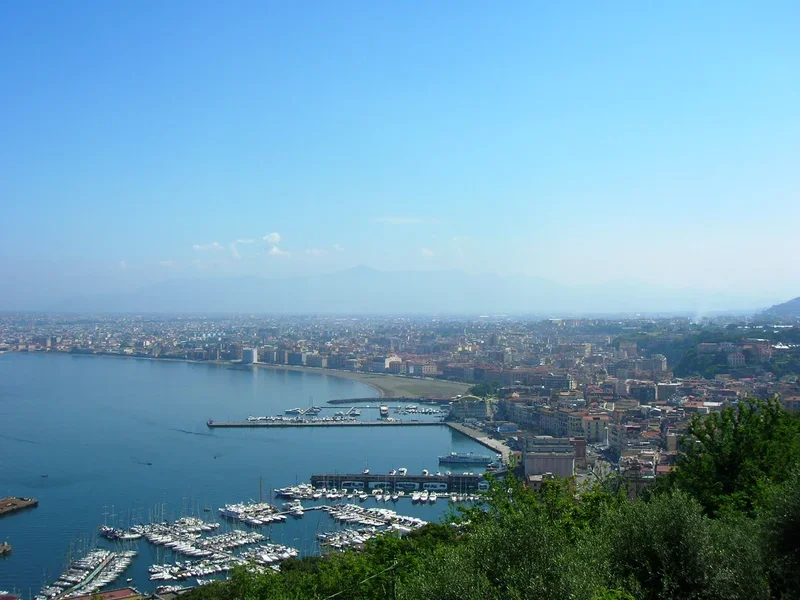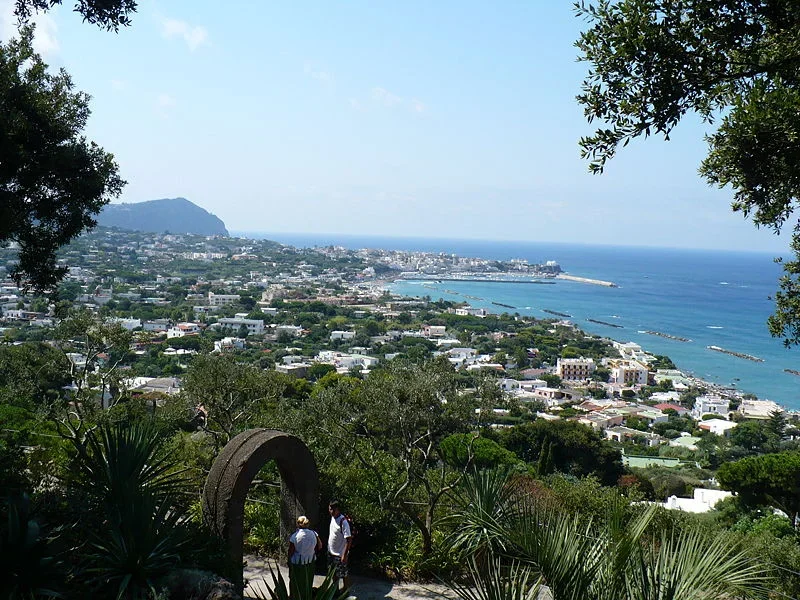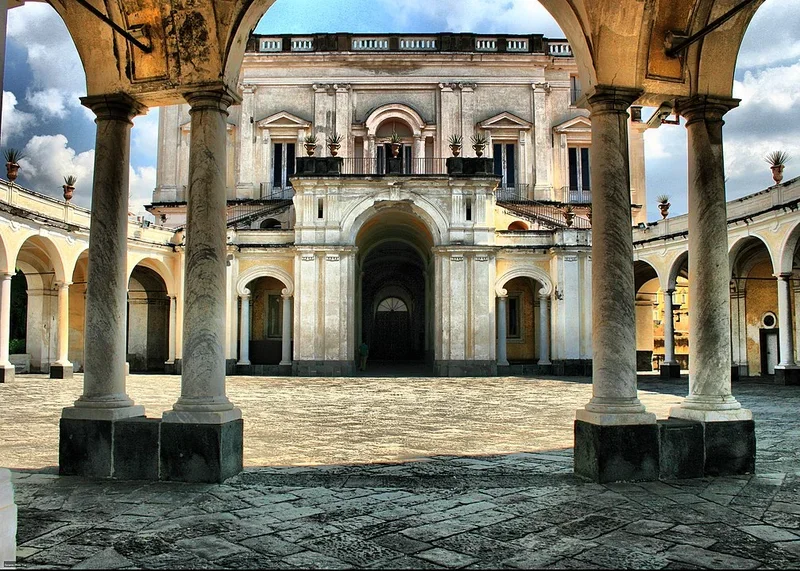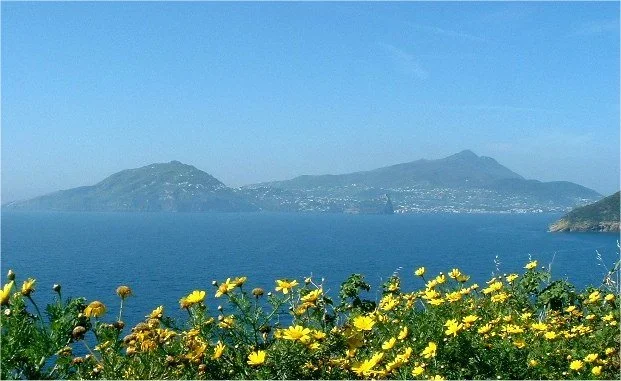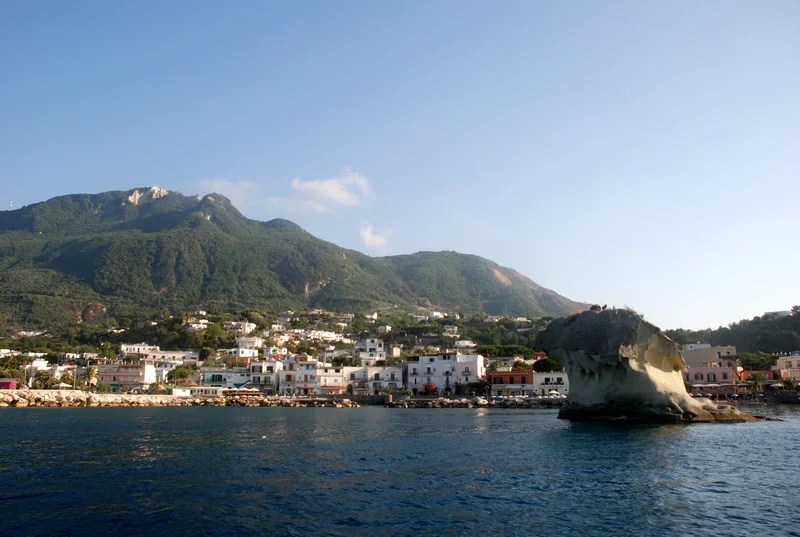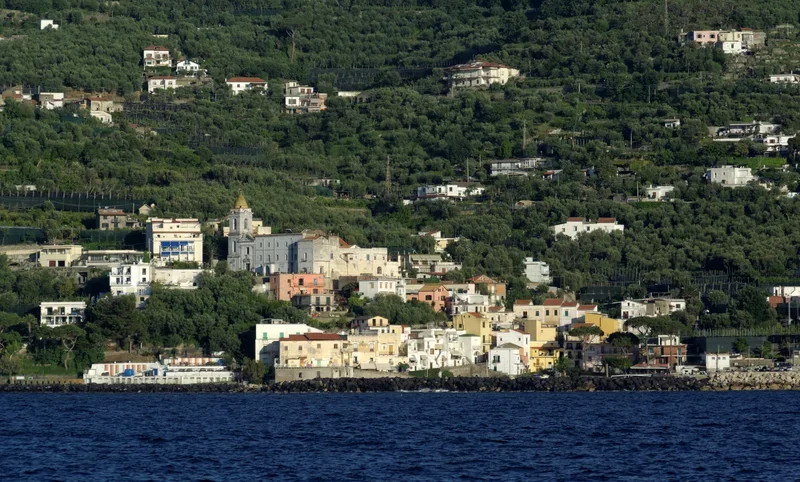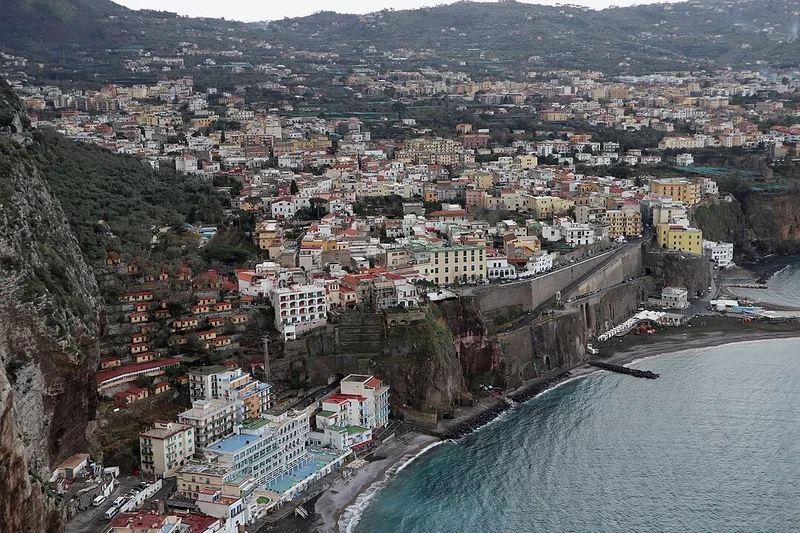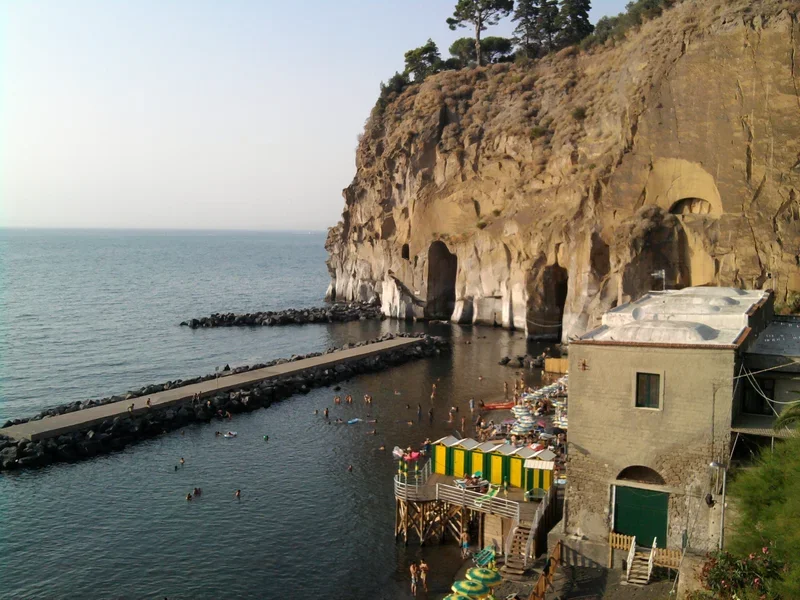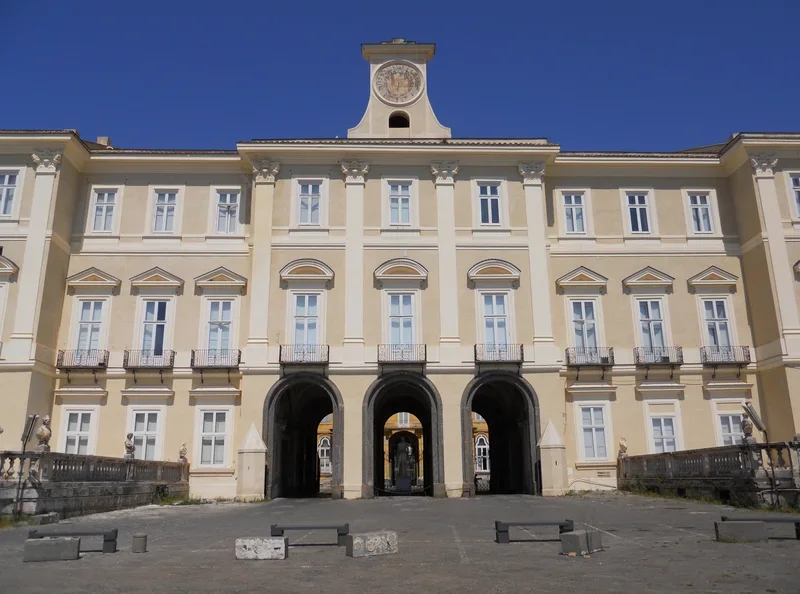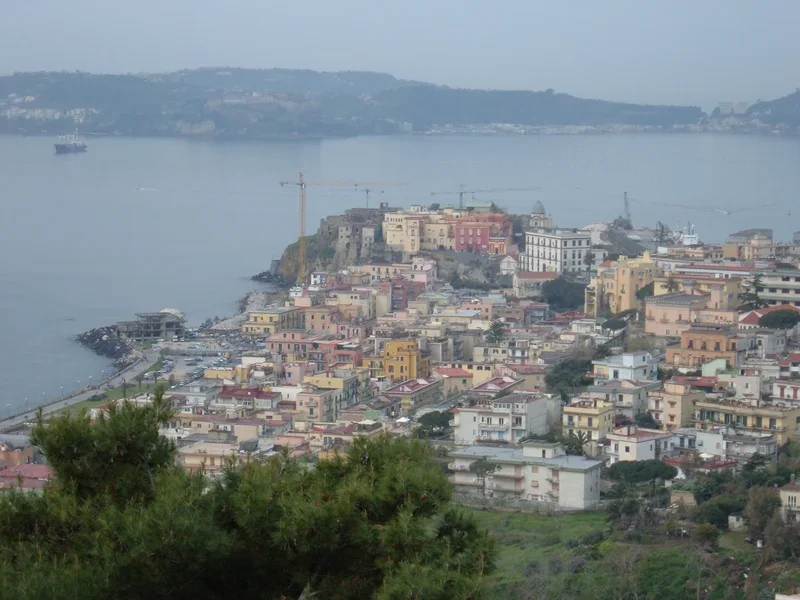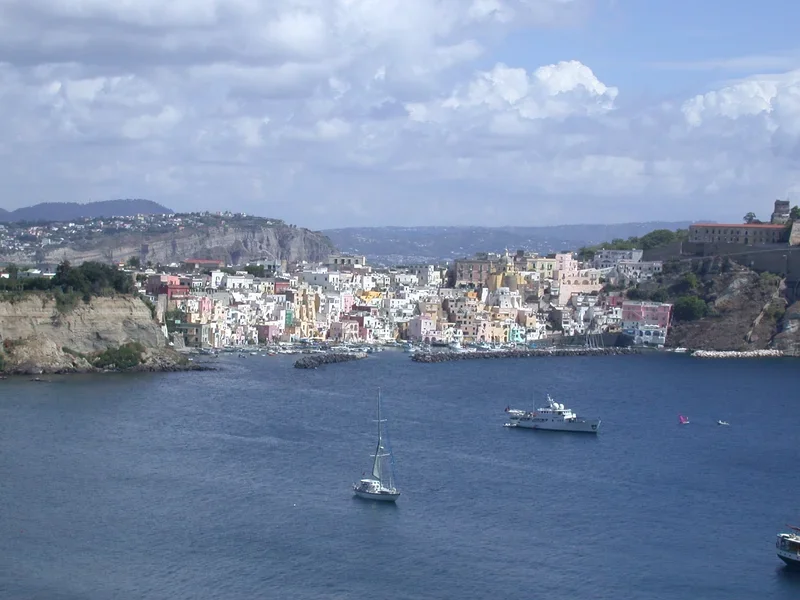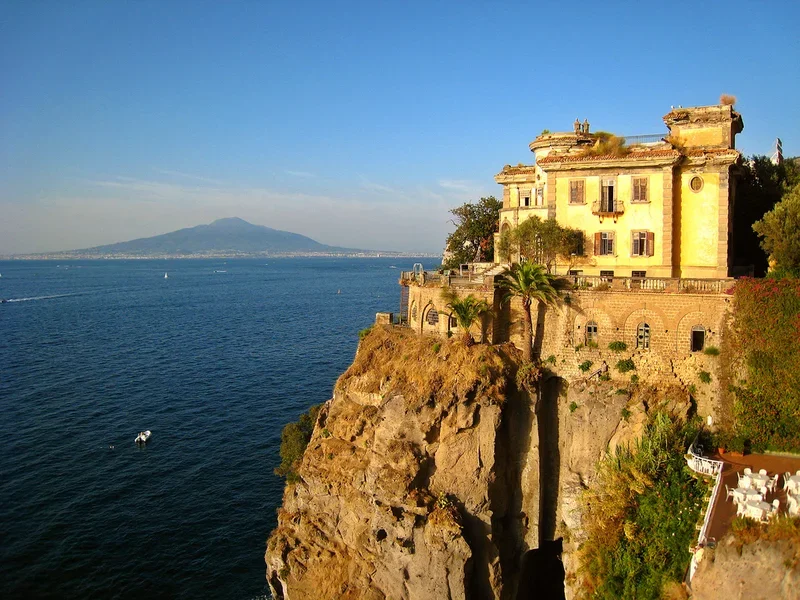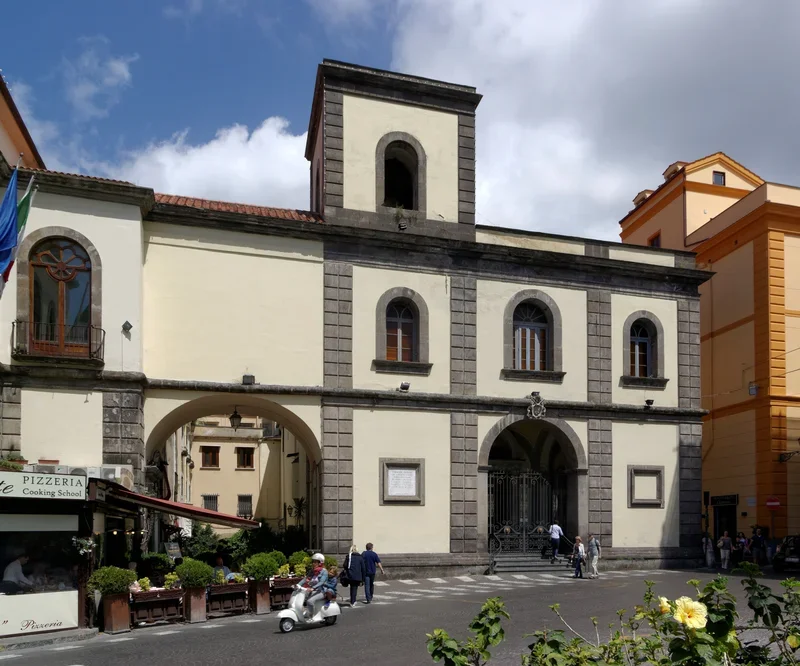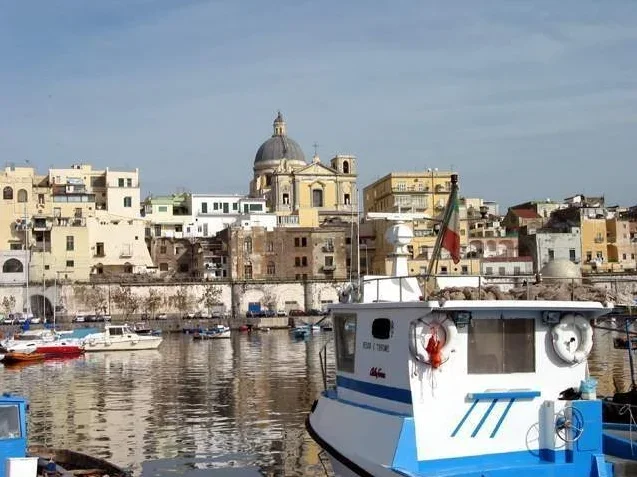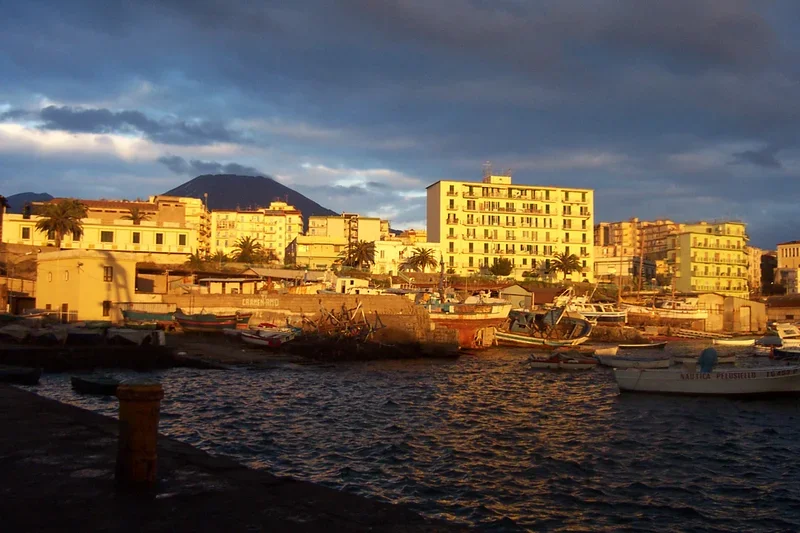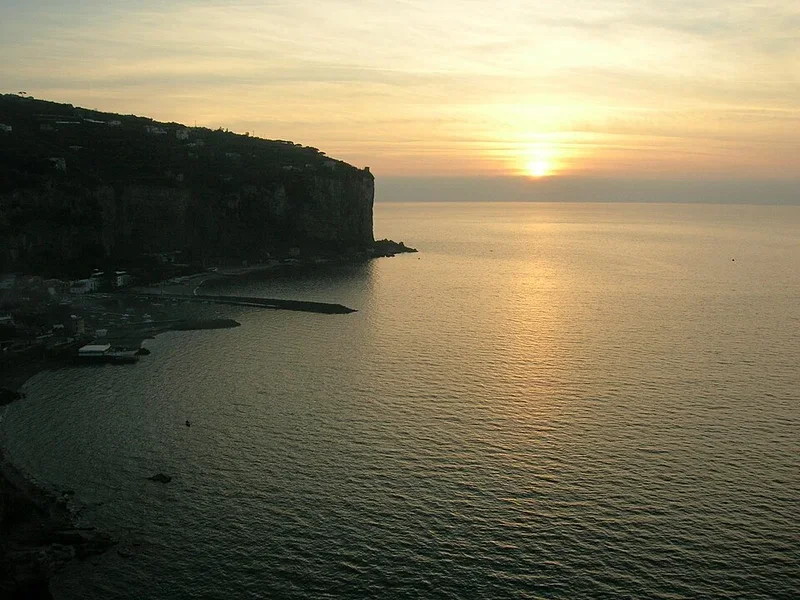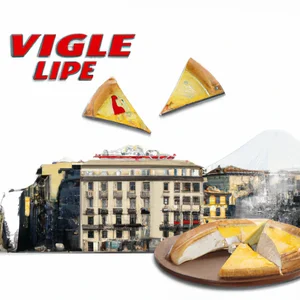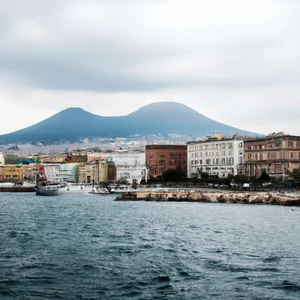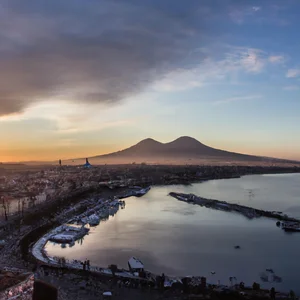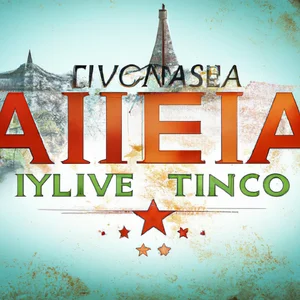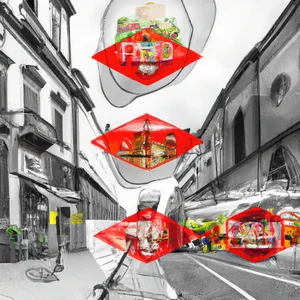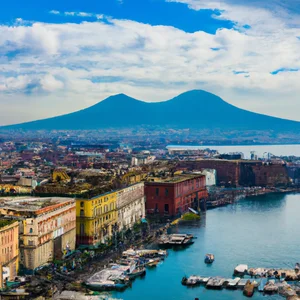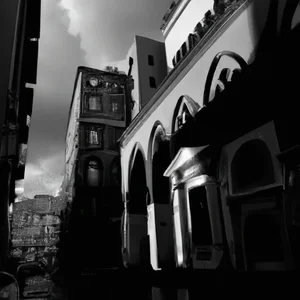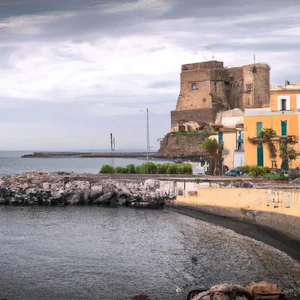Book your experience
Tour of the art stations of the Naples metro
The Naples metro is not just a means of transport, but a real open-air museum, where art and architecture intertwine in a fascinating journey. In a city like Naples, rich in history and culture, the metro stations represent a unique opportunity to discover the talent of contemporary artists and designers, who have transformed places of passage into spaces of creative expression.
This article aims to guide you through a tour of the ten most emblematic art stations of the Naples metro, each with its own identity and history. Starting from Toledo station, awarded as the most beautiful in Europe, we will immerse ourselves in a visual journey that will lead us through works of art, installations and innovative design. Each stop is a chapter in the history of the city, which tells not only its urban evolution, but also its vibrant culture.
The Università and Dante stations, for example, reflect the intellectual soul of Naples, while Garibaldi and Materdei offer a glimpse of the daily life of its inhabitants. The Vanvitelli stop, with its elegant shapes, and Museo, close to the important city museums, further enrich the artistic panorama. We cannot forget Salvator Rosa, the Town Hall and the Cathedral, which with their architectural and artistic peculiarities complete an extraordinary tour.
Get ready to discover how the Naples metro can transform into a cultural experience that goes far beyond simple travel, making every trip an opportunity to admire art in all its forms.
Toledo
Description
Via Toledo is one of the most famous and popular streets in Naples, located in the heart of the city and full of shops, restaurants and tourist attractions. Also known as Via Roma, it is one of the main streets of Naples and connects Piazza Dante to Piazza Trieste e Trento.
History
Via Toledo has a long history dating back to the Spanish period, when it was built to connect the historic center with the hilly neighborhood of Posillipo. During the Renaissance, the street became an important commercial and cultural centre, with numerous shops, artisan workshops and theatres.
Attractions
Today, Via Toledo is one of the liveliest streets in Naples, with a large variety of fashion shops, traditional and modern restaurants, cafés and ice cream parlors. Along the road there are also important monuments such as the San Carlo Theater, the Royal Palace and the Umberto I Gallery, which attract numerous tourists every year.
Furthermore, Via Toledo is famous for its numerous works of art, including the statue of King Alfonso I and the Artichoke Fountain, which decorate the street and enrich its historical and cultural heritage.
Finally, Via Toledo is also an important transport center, with the Toledo metro station connecting the street with other areas of the city and with the main tourist sites of Naples.
Toledo
Description
The Toledo neighborhood is located in the heart of Naples and is famous for its street of the same name, considered one of the most beautiful streets in Italy. Via Toledo is one of the main commercial arteries of the city, full of shops, restaurants and cafés. The area is characterized by historic buildings and baroque churches, which make the atmosphere even more evocative.
What to see
One of the main attractions of Toledo is the metro station designed by the Spanish architect Oscar Tusquets Blanca, which is considered one of the most beautiful stations in the world. Furthermore, near Toledo there is the Teatro San Carlo, the oldest opera house in Europe, which offers performances of the highest quality. Also not to be missed are the Royal Palace and the Umberto I Gallery, two jewels of Neapolitan architecture.
Where to eat
The Toledo neighborhood offers a wide choice of restaurants and trattorias where you can enjoy typical Neapolitan cuisine. Among the dishes you absolutely must try are pizza margherita, pasta and beans and Sfogliatella. Furthermore, you cannot leave Toledo without tasting Neapolitan coffee, famous throughout the world for its unique flavour.
Shopping
For shopping lovers, Toledo is the ideal place to shop. Along Via Toledo there are high fashion boutiques, souvenir shops and artisan shops where you can buy typical products of the Neapolitan tradition. A unique experience to live during a visit to Naples.
Dante
Description
The Dante neighborhood is located in the historic center of Naples, a few steps from Piazza del Gesù Nuovo and Spaccanapoli. This area takes its name from the famous poet Dante Alighieri, author of the Divine Comedy, who lived in Naples in the 14th century. The neighborhood is characterized by narrow alleys, ancient churches and historic buildings, which tell the story and culture of the city.
What to see
One of Dante's main attractions is the Church of Santa Chiara, with its majolica cloister and the Ceramics Museum. In the surrounding area there are also the Church of San Domenico Maggiore, the Monumental Complex of San Lorenzo Maggiore and the National Archaeological Museum. Don't miss a walk along Via dei Tribunali, famous for its historic pizzerias and artisan shops.
What to do
In the Dante neighborhood it is possible to take part in guided tours to discover Dante's places in Naples, organized by cultural associations and expert tourist guides. You can also taste the specialties of Neapolitan cuisine in one of the numerous restaurants and trattorias in the area, or go shopping in the local craft shops.
Curiosities
The Dante neighborhood was chosen as a location for various film and television productions, thanks to its evocative atmosphere and its historical-artistic heritage. Among the films shot in Naples in this area, we remember "L'oro di Napoli" by Vittorio De Sica and "Ferro 3 - The empty house" by Kim Rossi Stuart.
Garibaldi
History and description
Garibaldi is one of the main stations in Naples, located in the heart of the city and easily reachable from different areas. It takes its name from Giuseppe Garibaldi, an Italian Risorgimento hero, and represents an important transit point for tourists visiting the city.
Nearby attractions
Around Garibaldi station there are numerous tourist attractions, including the famous Spanish quarter, known for its streets full of shops and restaurants. From here it is also possible to easily reach the historic center of Naples, with its artistic and architectural treasures, and the seafront, with the splendid view of the Gulf of Naples and Vesuvius.
Services and connections
Garibaldi station offers a wide range of services for travellers, including bars, restaurants, shops and tourist information services. It is also well connected with several bus and metro lines, which allow you to easily move around the city and reach other tourist destinations in the surroundings of Naples.
Furthermore, the station is an important railway hub, with direct connections to other Italian cities such as Rome, Milan, Florence and Venice. This makes it an ideal starting point for exploring other tourist destinations in Italy and for organizing day trips outside Naples.
Materdei
History and description
The Materdei neighborhood is located on the Vomero hill and is one of the oldest and most characteristic neighborhoods in Naples. Its origins date back to the 14th century, when it was founded as an agricultural village. Over the centuries, Materdei has been inhabited by nobles, bourgeois and peasants, who have contributed to shaping its identity and current appearance.
The neighborhood is known for its winding streets, narrow alleys and stairways that climb up the hill, creating an evocative urban labyrinth. The houses are often frescoed and decorated with colored tiles, which give Materdei a picturesque and authentic atmosphere.
One of the most famous places in Materdei is the Church of Santa Maria della Sanità, a baroque jewel which houses frescoes of great value. But the real beating heart of the neighborhood is represented by its people: the Materdeiari are known for their friendliness and the welcome they reserve for visitors.
Not to be missed is the local market held every day in Piazza Giulio Cesare, where it is possible to buy fresh and typical local products. Furthermore, Materdei is famous for its trattorias and taverns, where it is possible to taste true Neapolitan cuisine, made of intense flavors and tradition.
Vanvitelli
Description
The Vanvitelli neighborhood is one of the most prestigious residential neighborhoods in Naples, located in the hilly area of the city. It takes its name from the architect Luigi Vanvitelli, known for having designed the famous Royal Palace of Caserta. The neighborhood is characterized by elegant buildings, stately villas and large green areas, which make it an ideal place for those seeking tranquility and scenic beauty.
What to see
One of the main attractions of the Vanvitelli neighborhood is the Floridiana Park, a beautiful public park with panoramic views of the city of Naples and the Gulf. Here it is possible to take relaxing walks, enjoy moments of relaxation immersed in nature and admire the splendid fountains and statues that decorate the park.
Another important attraction of the neighborhood is Villa Floridiana, a sumptuous 19th century noble residence which houses the Duca di Martina Museum. This museum preserves a rich collection of works of art and furnishings from Neapolitan noble homes, offering visitors a journey into the past and history of the Neapolitan nobility.
Cooking and restaurants
The Vanvitelli neighborhood is also renowned for its gastronomic offer. Here you can find numerous restaurants and trattorias offering typical Neapolitan cuisine, such as pizza, pasta and seafood. Among the most renowned restaurants in the neighborhood there is certainly the Vanvitelli Restaurant, where it is possible to taste local specialties in an elegant and refined atmosphere.
In conclusion, the Vanvitelli neighborhood is an unmissable stop for anyone visiting Naples, thanks to its architectural beauty, its rich cultural and gastronomic offer and its unique and evocative atmosphere.
Museum
The Museum in Naples
The Museum of Naples is one of the most important cultural attractions in the city. Located in a strategic position in the historic center, the Museum houses a vast collection of archaeological finds, works of art and historical artefacts that tell the story and culture of the region.
Inside the Museum it is possible to admire works of inestimable value, including the famous Roman statues from the excavations of Pompeii and Herculaneum, Greek and Egyptian finds, Renaissance and Baroque paintings, and much more.
The Museum offers visitors the opportunity to immerse themselves in the history and art of Naples and its region, offering a unique and fascinating cultural experience. The various sections of the Museum are organized in an accurate and informative way, allowing visitors to discover and fully appreciate the beauties on display.
Furthermore, the Museum periodically organizes temporary exhibitions and cultural events to further enrich the artistic and cultural offer of the city. Art and history enthusiasts will find the Museum of Naples an unmissable place to visit during their stay in the city.
Don’t miss the opportunity to visit the Museum of Naples during your holiday in the city, to discover treasures and wonders that will leave you speechless!
Salvator Rosa
History and description
The Salvator Rosa neighborhood is located in the upper part of Naples, near the hilly area of Capodimonte. This area takes its name from the baroque painter Salvator Rosa, born in Naples in the 17th century. The neighborhood is characterized by narrow streets and stairways that climb the hills, offering a breathtaking panoramic view of the city and the Gulf of Naples.
Salvator Rosa is known for its bohemian and artistic atmosphere, with numerous murals and graffiti decorating the walls of houses and buildings. Here you can also find numerous trendy clubs, cafes and restaurants offering typical Neapolitan and international cuisine.
The neighborhood is also famous for its local market, where it is possible to buy fresh and typical products of the Neapolitan tradition. During the day, the streets of Salvator Rosa come alive with colors and smells, while at night the neighborhood transforms into a lively center of Neapolitan nightlife, with clubs and bars crowded with young people and tourists.
Salvator Rosa is easily reachable by public transport, such as the subway and buses, and is an ideal place for those who want to discover the most authentic and lively side of Naples, away from the traditional tourist circuits.
Town Hall
The City Hall of Naples
The Town Hall of Naples, located in Piazza Municipio, is one of the most important buildings in the city. Built in the 19th century, it represents a true masterpiece of neoclassical architecture. Designed by architect Domenico Fontana, the building stands out for its imposing façade and its majesty.
Inside the Town Hall it is possible to admire numerous frescoes and paintings that tell the history of the city of Naples. Among the most famous rooms, the Hall of Mirrors stands out, characterized by gilded mirrors and decorations rich in details. This room is often used for institutional events and official ceremonies.
The Town Hall of Naples is also the seat of the Mayor and the municipal offices. Here important decisions are made for the city and cultural and social events are organised. Thanks to its central location, the Town Hall is easily reachable both on foot and by public transport, and is a point of reference for citizens and tourists who visit Naples.

